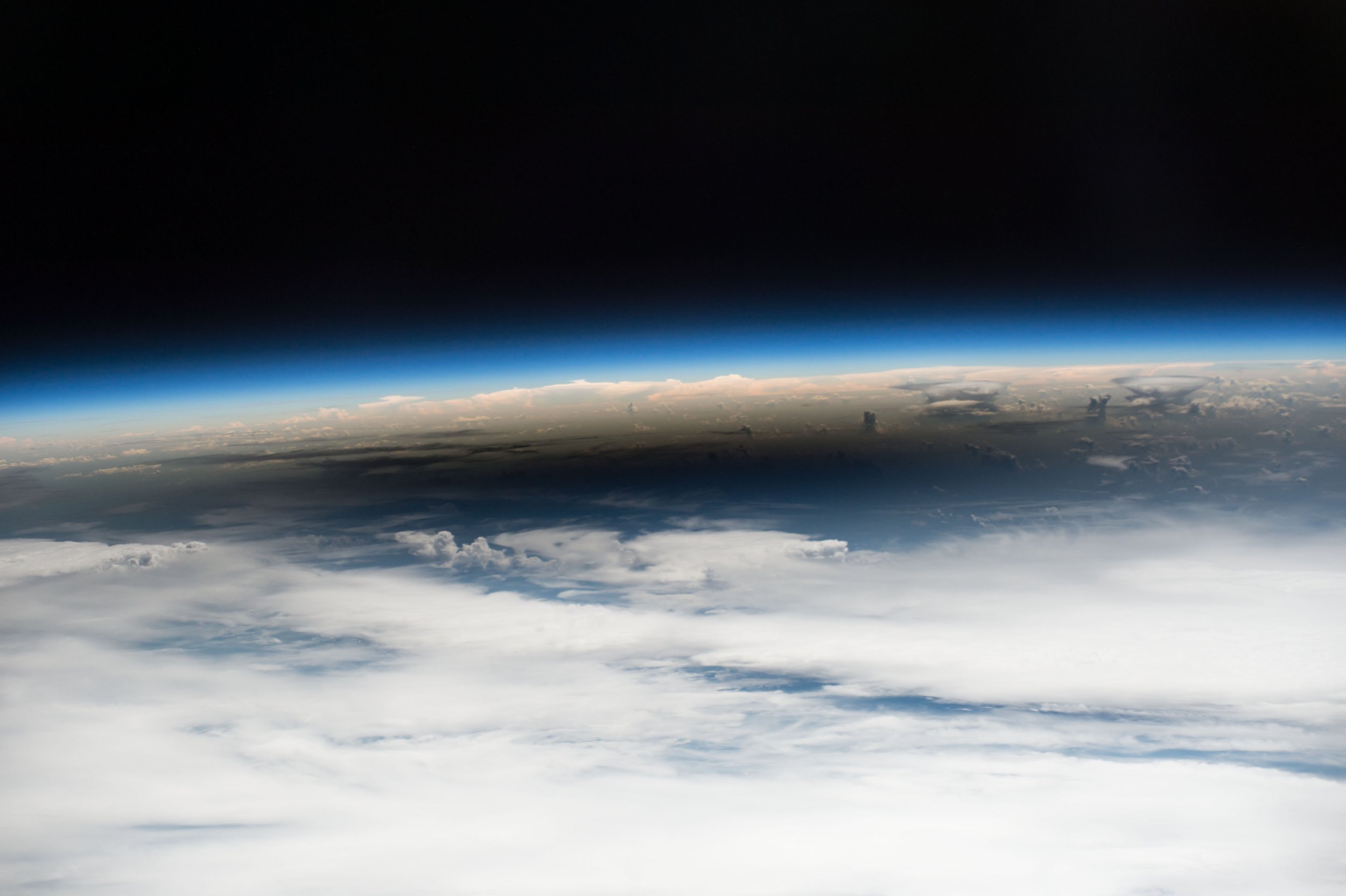
Outer space is an incredibly remarkable and mysterious place, but at times it can be a bit creepy. Like when NASA captured a series of eerie noises that sounded as if they could be the soundtrack to a horror film. The cause of the noises—captured in the audio below—puzzled researchers, but now they believe they've discovered what's going on.
The noises, which are called a whistler mode chorus, are thought to be the sound of sudden bursts of electrons hitting our atmosphere in a plasma wave, according to researchers from the University of Minnesota. Their findings, published in a Geophysical Review Letters, use data from both the FIREBIRD (Focused Investigations of Relativistic Electron Burst Intensity, Range and Dynamics) II CubeSat and NASA's Van Allen Probes mission.
"Observing the detailed chain of events between chorus waves and electrons requires a conjunction between two or more satellites," Aaron Breneman, lead author of the paper, said in a NASA statement. "There are certain things you can't learn by having only one satellite—you need simultaneous observations at different locations."
The two spacecraft happened to be situated in the perfect location, which allowed them both to capture the impulsive electron loss. But, thanks to their differences in height, the spacecrafts witnessed the activity with varying perspectives. This allowed for a better understanding as to what was causing the fluctuating electrons.
Firebird II is about 310 miles from Earth, whereas the Van Allen probes cruise much higher, according to the space agency. Although only one of the probes was used in the research, it's accompanied by another which was also launched in August 2012, in order to study the Van Allen radiation belts.
The belts—which were first discovered in 1958—frequently have electrons that slowly escape. But less often, a microburst happens which is when the electrons are much more rapidly lost.
"This is the first time that chorus and microbursts have been simultaneously observed with a separation smaller than a chorus packet," the authors wrote in their paper. "A majority of microbursts do not have the energy dispersion expected for trapped electrons bouncing between mirror points."
On the same day in January 2016, the Van Allen Probes captured chorus waves, immediately followed by microbursts witness by FIREBIRD II. According to the author's paper, this observation confirms the much-speculated relationship between the chorus waves and rapid loss of high-energy electrons.
Ultimately, this finding can help astronomers better predict space weather, NASA said in a statement.
Uncommon Knowledge
Newsweek is committed to challenging conventional wisdom and finding connections in the search for common ground.
Newsweek is committed to challenging conventional wisdom and finding connections in the search for common ground.
About the writer
To read how Newsweek uses AI as a newsroom tool, Click here.








